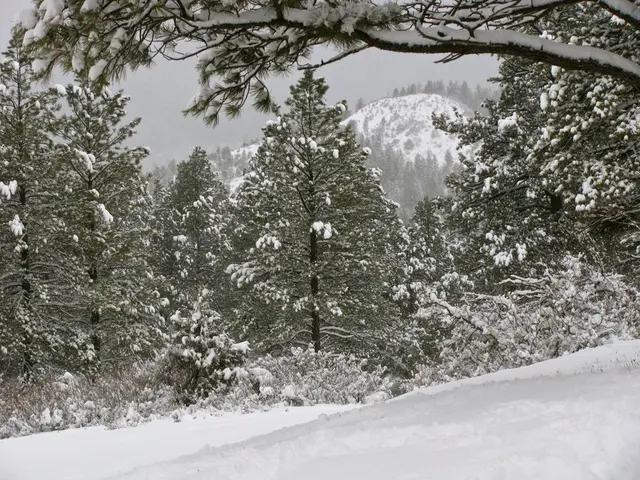Storm Surge in Alaska Leaves One Dead, Hundreds Homeless, and Highlights Funding Concerns
An unprecedented storm surge in western Alaska has left one dead and two missing, with hundreds of homes destroyed and over 1,500 people displaced. The crisis has highlighted concerns about funding cuts to disaster preparedness in small, predominantly Indigenous villages.
The storm surge, which reached heights of over 6 feet (1.8 meters) above normal tide lines, devastated coastal communities like Kipnuk and Kwigillingok. In Kipnuk, a village of about 700 people, 121 homes were destroyed, while in Kwigillingok, around three dozen homes drifted away. The disaster has forced more than 1,000 residents to be airlifted to safety, with many now sheltered in makeshift accommodations or facilities like the Alaska Airlines Center in Anchorage.
Alexie Stone, a resident of Kipnuk, is among those affected. Despite extensive damage and loss of winter food supplies, Stone remains determined to rebuild. However, the crisis has drawn attention to potential funding cuts by the Trump administration to grants aimed at helping small, mostly Indigenous villages prepare for storms or mitigate disaster risks. While there is no specific information confirming these cuts, the lack of preparedness in some communities has raised concerns.
The storm surge in western Alaska has caused widespread destruction and displacement. As recovery efforts continue, the focus turns to addressing potential funding gaps in disaster preparedness for small, Indigenous communities. The resilience of affected residents, like Alexie Stone, remains a beacon of hope amidst the devastation.







